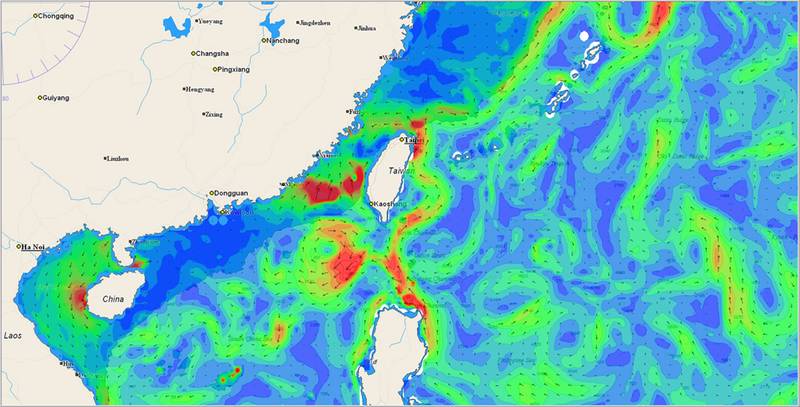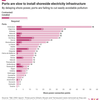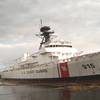Vessel Optimization Data Combines Ocean/Tidal Currents
A vessel optimization application offering combined tidal and non-tidal (ocean) current data has been launched for integrated vessel speed and route optimization.
Developed by oceanographic data specialist Tidetech, the new application offers resolution of six nautical miles (0.1 degree) at 60-minute intervals in a six-day forecast. Significant passage time savings have been demonstrated in simulations.
Tidetech managing director Penny Haire said this was the first time ships could access global tides and ocean currents in the same application.
“We developed the combined data model in response to customer requests,” Ms Haire said. “For vessels to gain the greatest advantage from current data they need to know what happens at the nexus of tidal and ocean currents which simply hasn’t been available before now.”
Tidal currents are fast moving, dynamic and dominant inside the continental shelf – in water depths of 200m or less – and are inherently predictable years ahead. Non-tidal currents are slow moving and dominant in the deep ocean, driven by entirely different processes that cannot be accurately forecast beyond five to six days.
Ms. Haire said Tidetech currently uses MERCATOR as its front-line ocean current model, a six-day ocean forecast at five nautical mile resolution, forced by ECMWF weather data.
“We provide [MERCATOR] as a standalone product and also use it as a component of our Global Current integration. FOAM or HYCOM are second-line models providing redundancy.
“Our science and data development team performs quality and reliability assessments on each model before issuing to customers. We also have a research project underway to automatically evaluate and provide the best performing model, by region, on a daily basis.”
In simulations for various northern European and eastern Asian shipping routes, Tidetech has been able to demonstrate significant projected time savings.
Haire said Tidetech ran 24 route simulations with various speeds simulated in hourly departure intervals. “Surprisingly, the biggest difference in passage time is seen on the shorter routes,” she said. “For example, there was one hour, eight minutes between shortest and longest passage time between Zeebrugge and Southampton at 14kts, which corresponds to an 8.9 per cent time difference.”
Tidetech also offers additional high-resolution tidal current models for highly trafficked, tide dominant regions with resolutions ranging from 200m to two nautical miles, and multiple global ocean models.
tidetech.org
















